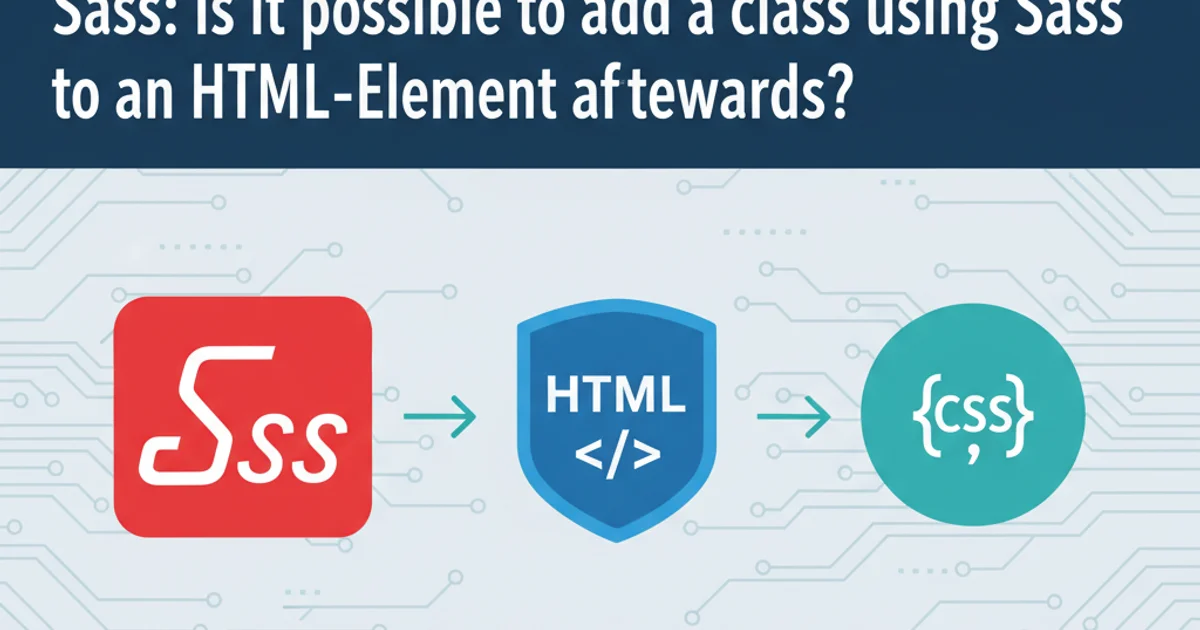JSON objects .. inside JSON objects
Categories:
Mastering Nested JSON Objects: Structure, Access, and Manipulation

Explore the power and flexibility of JSON objects embedded within other JSON objects, a fundamental concept for handling complex data structures in web development.
JSON (JavaScript Object Notation) is a lightweight data-interchange format that is easy for humans to read and write and easy for machines to parse and generate. A common and powerful feature of JSON is the ability to nest objects within other objects. This allows for the representation of complex, hierarchical data structures, mirroring real-world relationships and making it ideal for APIs, configuration files, and data storage.
Understanding Nested JSON Structure
At its core, a JSON object is an unordered collection of key/value pairs. When a value itself is another JSON object, we refer to this as a nested JSON object. This nesting can occur to arbitrary depths, enabling the modeling of intricate data relationships. Each nested object acts as a container for its own set of key/value pairs, creating a tree-like structure.
{
"product": {
"id": "SKU12345",
"name": "Wireless Headphones",
"details": {
"brand": "AudioTech",
"color": "Black",
"specifications": {
"weight_grams": 250,
"battery_hours": 20,
"connectivity": ["Bluetooth 5.0", "USB-C"]
}
},
"price": 99.99,
"available": true
}
}
An example of a nested JSON structure representing product information.
graph TD
A[Root Object] --> B{product}
B --> C[id: SKU12345]
B --> D[name: Wireless Headphones]
B --> E{details}
B --> F[price: 99.99]
B --> G[available: true]
E --> H[brand: AudioTech]
E --> I[color: Black]
E --> J{specifications}
J --> K[weight_grams: 250]
J --> L[battery_hours: 20]
J --> M[connectivity: ["Bluetooth 5.0", "USB-C"]]Flowchart illustrating the hierarchical structure of the product JSON object.
Accessing Data in Nested JSON Objects
Accessing data within nested JSON objects typically involves using dot notation or bracket notation, similar to how you would access properties of a JavaScript object. You chain these notations together to traverse the hierarchy until you reach the desired value. Understanding the path to your data is crucial for successful retrieval.
JavaScript
const productData = { "product": { "id": "SKU12345", "name": "Wireless Headphones", "details": { "brand": "AudioTech", "color": "Black", "specifications": { "weight_grams": 250, "battery_hours": 20, "connectivity": ["Bluetooth 5.0", "USB-C"] } }, "price": 99.99, "available": true } };
// Accessing values using dot notation console.log(productData.product.name); // Output: Wireless Headphones console.log(productData.product.details.brand); // Output: AudioTech console.log(productData.product.details.specifications.battery_hours); // Output: 20
// Accessing values using bracket notation (useful for dynamic keys or keys with special characters) console.log(productData['product']['price']); // Output: 99.99 console.log(productData.product.details.specifications['connectivity'][0]); // Output: Bluetooth 5.0
Python
import json
product_data_str = ''' { "product": { "id": "SKU12345", "name": "Wireless Headphones", "details": { "brand": "AudioTech", "color": "Black", "specifications": { "weight_grams": 250, "battery_hours": 20, "connectivity": ["Bluetooth 5.0", "USB-C"] } }, "price": 99.99, "available": true } } ''' product_data = json.loads(product_data_str)
Accessing values using dictionary keys
print(product_data['product']['name']) # Output: Wireless Headphones print(product_data['product']['details']['brand']) # Output: AudioTech print(product_data['product']['details']['specifications']['battery_hours']) # Output: 20 print(product_data['product']['details']['specifications']['connectivity'][0]) # Output: Bluetooth 5.0
productData?.product?.details?.brand) in JavaScript or dict.get() with a default value in Python to prevent runtime errors.Modifying and Adding Nested Data
Modifying or adding data to nested JSON objects follows a similar pattern to accessing them. You navigate to the desired level of nesting and then assign a new value to an existing key or create a new key-value pair. This flexibility allows for dynamic updates to your data structures.
let productData = {
"product": {
"id": "SKU12345",
"name": "Wireless Headphones",
"details": {
"brand": "AudioTech",
"color": "Black",
"specifications": {
"weight_grams": 250,
"battery_hours": 20,
"connectivity": ["Bluetooth 5.0", "USB-C"]
}
},
"price": 99.99,
"available": true
}
};
// Modify an existing nested value
productData.product.details.color = "Space Gray";
console.log(productData.product.details.color); // Output: Space Gray
// Add a new nested property
productData.product.details.specifications.water_resistant = true;
console.log(productData.product.details.specifications.water_resistant); // Output: true
// Add a new nested object
productData.product.reviews = {
"average_rating": 4.5,
"count": 120
};
console.log(productData.product.reviews.average_rating); // Output: 4.5
JavaScript examples demonstrating how to modify and add data within nested JSON objects.